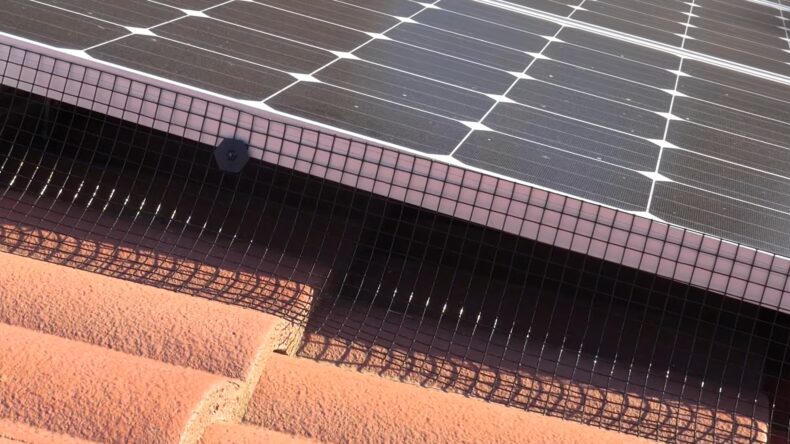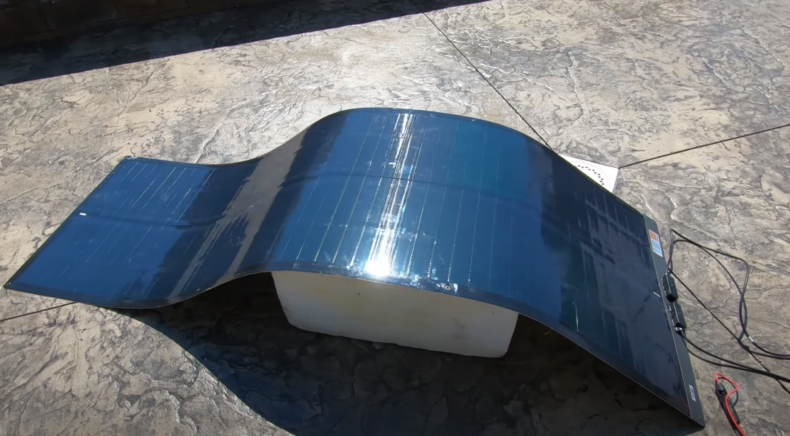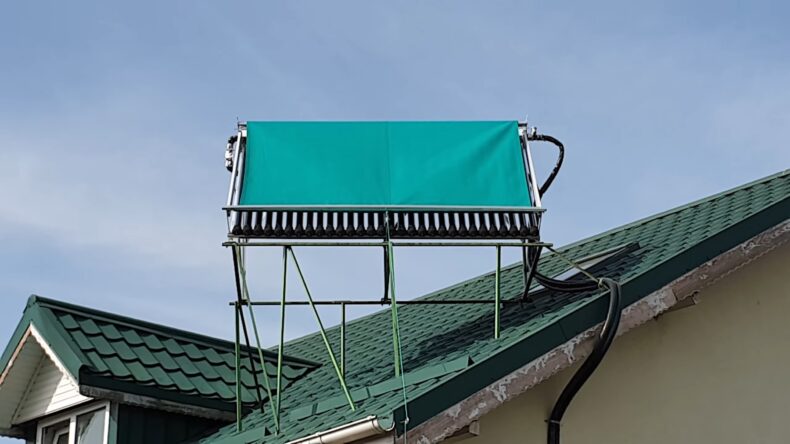Solar energy is an increasingly popular choice for homeowners and businesses alike. As the demand for renewable energy sources grows, so does the need to protect these valuable investments. Solar panels, while designed to withstand various environmental conditions, can benefit from added protection. This is where solar panel protective covers come into play.
In this article, we’ll delve deep into the world of solar panel protective covers, exploring five different types and their unique benefits. Whether you’re a seasoned solar panel owner or just starting your renewable energy journey, this guide will provide valuable insights to help you make informed decisions.
Table of Contents
5. Mesh Covers

Overview:
Mesh covers are among the most common types of solar panel protective covers. Made from a woven material, these covers allow sunlight to penetrate while keeping out debris, birds, and pests.
Benefits:
- Breathability: The woven design ensures that the panels can breathe, preventing condensation buildup.
- Light Penetration: Despite being a cover, the mesh design allows for optimal sunlight penetration, ensuring the panels function efficiently.
- Pest Prevention: Birds and small animals can sometimes nest under solar panels. Mesh covers deter them without harming them.
Considerations:
While mesh covers are effective against debris and pests, they may not offer protection against hail or heavy snowfall.
4. Clear Polycarbonate Covers
Overview:
Clear polycarbonate covers are rigid and transparent, offering a shield against environmental factors without compromising sunlight penetration.
Benefits:
- Durability: Polycarbonate is known for its strength and can withstand impacts, making it ideal for areas prone to hail.
- UV Resistance: These covers are treated to resist UV rays, ensuring they don’t yellow or degrade over time.
- Weather Protection: Beyond hail, these covers also protect against heavy rain and snow.
Considerations:
Installation might be more complex due to the rigidity of the material. It’s essential to ensure proper ventilation to prevent overheating.
3. Flexible Vinyl Covers

Overview:
Flexible vinyl covers are lightweight and easy to install. They are designed to offer protection against dust, rain, and light snow.
Benefits:
- Flexibility: Easy to roll up and store when not in use.
- Water Resistance: Vinyl is inherently water-resistant, making it ideal for rainy climates.
- Cost-Effective: Among the more affordable options, vinyl covers provide decent protection without breaking the bank.
Considerations:
Vinyl covers may not be suitable for areas with heavy snowfall or hail. They also require regular cleaning to maintain transparency.
2. Insulated Covers

Overview:
For those living in colder climates, insulated covers are a godsend. These covers are designed to provide an added layer of insulation, protecting panels from freezing temperatures and heavy snow.
Benefits:
- Temperature Regulation: The insulating material helps maintain a stable temperature, ensuring the panels operate efficiently.
- Snow Protection: The added insulation prevents snow accumulation, reducing the weight on the panels.
- Energy Efficiency: By regulating the temperature, these covers can enhance the overall efficiency of the solar panels.
Considerations:
Insulated covers might be overkill for warmer climates. They can also be bulkier and require more storage space when not in use.
1. Full Enclosure Covers

Overview:
Full enclosure covers offer all-around protection, enveloping the entire solar panel setup. They are ideal for extreme weather conditions or when the panels are not in use for extended periods.
Benefits:
- Comprehensive Protection: From dust to hail, these covers shield against a wide range of environmental factors.
- Pest Deterrence: By enclosing the entire setup, pests and birds have no access to the panels.
- Weatherproofing: These covers are often made with heavy-duty materials, ensuring they withstand severe weather conditions.
Considerations:
Full enclosure covers can be cumbersome and might not be necessary for areas with mild weather. They also require more effort to install and remove.
FAQs
Why can’t I just use a regular tarp or cloth to cover my solar panels?
While regular tarps or cloths might provide some protection against dust and debris, they are not specifically designed for solar panels. Using them can restrict sunlight penetration, leading to reduced efficiency. Moreover, they might not offer protection against UV rays, hail, or pests, which specialized solar panel covers are designed to handle.
How often should I replace or check the condition of my solar panel protective cover?
The frequency of replacement or inspection depends on the material and environmental conditions. However, as a general rule, it’s advisable to check the condition of your cover at least once a year. Signs of wear, tear, or degradation indicate that it might be time for a replacement.
Will using a protective cover reduce the efficiency of my solar panels due to reduced sunlight?
Not if you choose the right cover. Many solar panel protective covers, like mesh and clear polycarbonate ones, are designed to allow optimal sunlight penetration while providing protection. It’s essential to select a cover that suits your region’s sunlight conditions.
Can I install the protective cover myself, or do I need professional assistance?
Many solar panel protective covers are designed for easy installation, and with the right tools and instructions, you can install them yourself. However, for more complex or rigid covers, or if you’re unsure about the process, it’s always best to seek professional assistance to ensure proper installation.
How do I clean my solar panel protective cover?
Cleaning methods vary based on the material of the cover. For most covers, a gentle wash with mild soap and water, followed by a thorough rinse, should suffice. Ensure the cover is completely dry before reinstalling it. Always refer to the manufacturer’s instructions for specific cleaning guidelines.
Are there any potential downsides to using a protective cover on my solar panels?
While protective covers offer numerous benefits, there can be potential downsides if not chosen or installed correctly. For instance, a cover that doesn’t allow adequate sunlight penetration can reduce panel efficiency. Additionally, if not properly ventilated, some covers might trap heat, leading to overheating. It’s crucial to select the right cover for your needs and ensure proper installation.
Conclusion
Solar panel protective covers are an essential accessory for anyone looking to prolong the life and efficiency of their solar panels. From mesh covers that deter pests to full enclosure covers that offer comprehensive protection, there’s a solution for every need.
Investing in a suitable cover not only ensures the longevity of your solar panels but also enhances their efficiency by protecting them from adverse environmental conditions. As with any investment, it’s crucial to weigh the benefits against the costs and consider the specific needs of your region and solar setup.
Remember, while solar panels are designed to be robust, a little extra protection can go a long way in ensuring they serve you efficiently for years to come.

